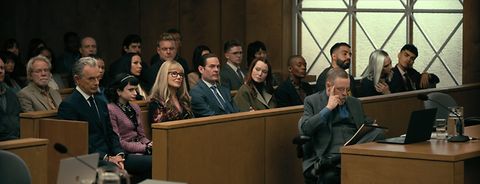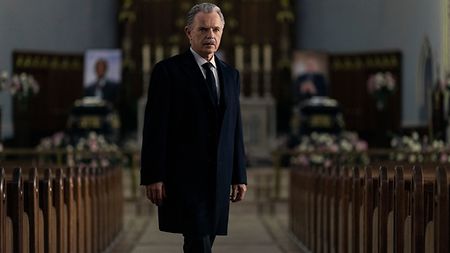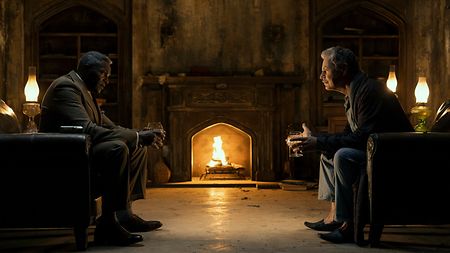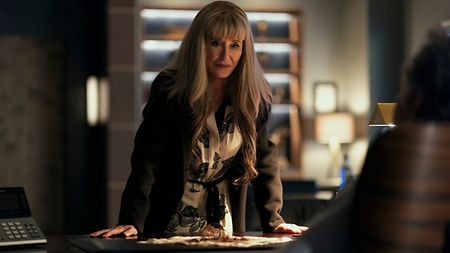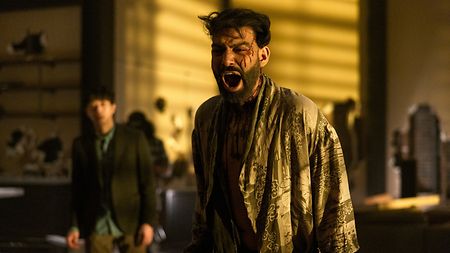In crafting a look for “The Fall of the House of Usher,” director/cinematographer Michael Fimognari built a visual tapestry that draws on Edgar Allan Poe and the Italian giallo genre. Working with writer/director Mike Flanagan, Fimognari turned to the 65 mm format and ARRI Rental’s ALEXA 65 camera system. In this interview he explains his creative choices and why he selected two very different lens series – Prime DNA and Leitz Thalia – for the Netflix series about Roderick and Madeline Usher, two ruthless siblings who establish a powerful family dynasty only to witness it unravel with the mysterious deaths of their heirs.
Can you share insights into your collaboration with Mike Flanagan and how it shaped the visual storytelling in “The Fall of the House of Usher”?
“The Fall of The House of Usher” was a new twist on a long and fantastic collaboration. Over the past eleven years I’d shot series and features for Mike, and on “Usher” we split the directing work; he directed four episodes, and I directed the other four, and I served as cinematographer for all eight. As Mike does for everything he creates, he has a clear vision for how to present the themes and tone for the overall story. He defined it in his plan for this two episodes which gave me the structure as a director to build something consistent with his overall creative vision.
